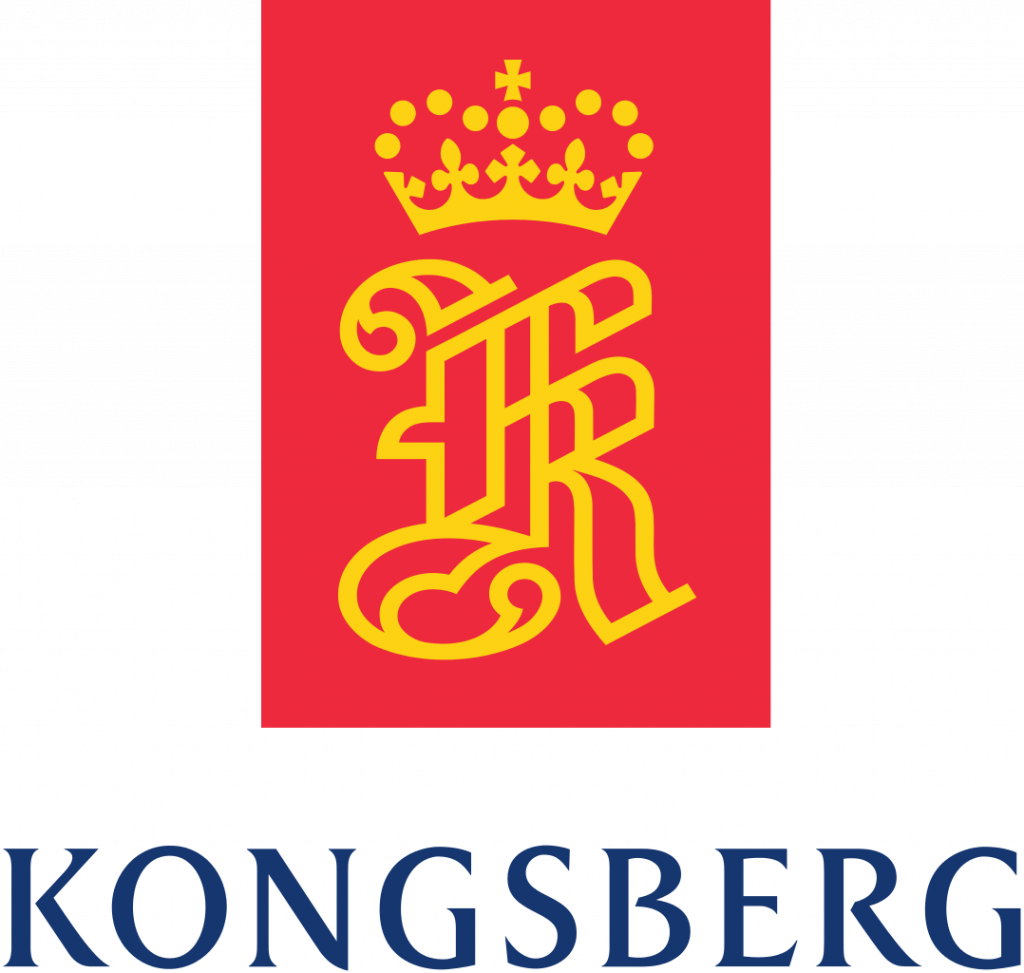
KDA collaborated with four master students and one PhD student throughout the project. The students worked at the intersection of academia and real-world industrial problems. Through literature studies, KDA gained insight into how others view similar issues. To highlight and further investigate specific problems, the students conducted both experiments and interviews with a double-digit number of KDA employees. Additionally, several observational studies were conducted.
The collaboration between KDA and the project resulted in several publications. This has helped raise awareness of how we work to develop user interfaces. For one of our major projects, there has been a direct change in how we work in a multidisciplinary team with the introduction of new functionality. Team collaboration has improved as a result of changes suggested by academia.
During the project, KDA investigated how testing in a simulated environment can be used to iterate and improve the user experience (UX) in our current and future systems. The knowledge gained is used to build a UX laboratory where the goal is to test, iterate, and verify design options. Some important parts of the UX laboratory made possible through the project include a computer to run the simulator, mixed reality (MR) glasses, eye-tracking equipment, other sensors to measure physical activity and emotions, and knowledge to utilize stress measurements in the design process. This provides KDA with a much-needed opportunity that aligns with our project goal: an opportunity for the development and verification of good user interfaces.
